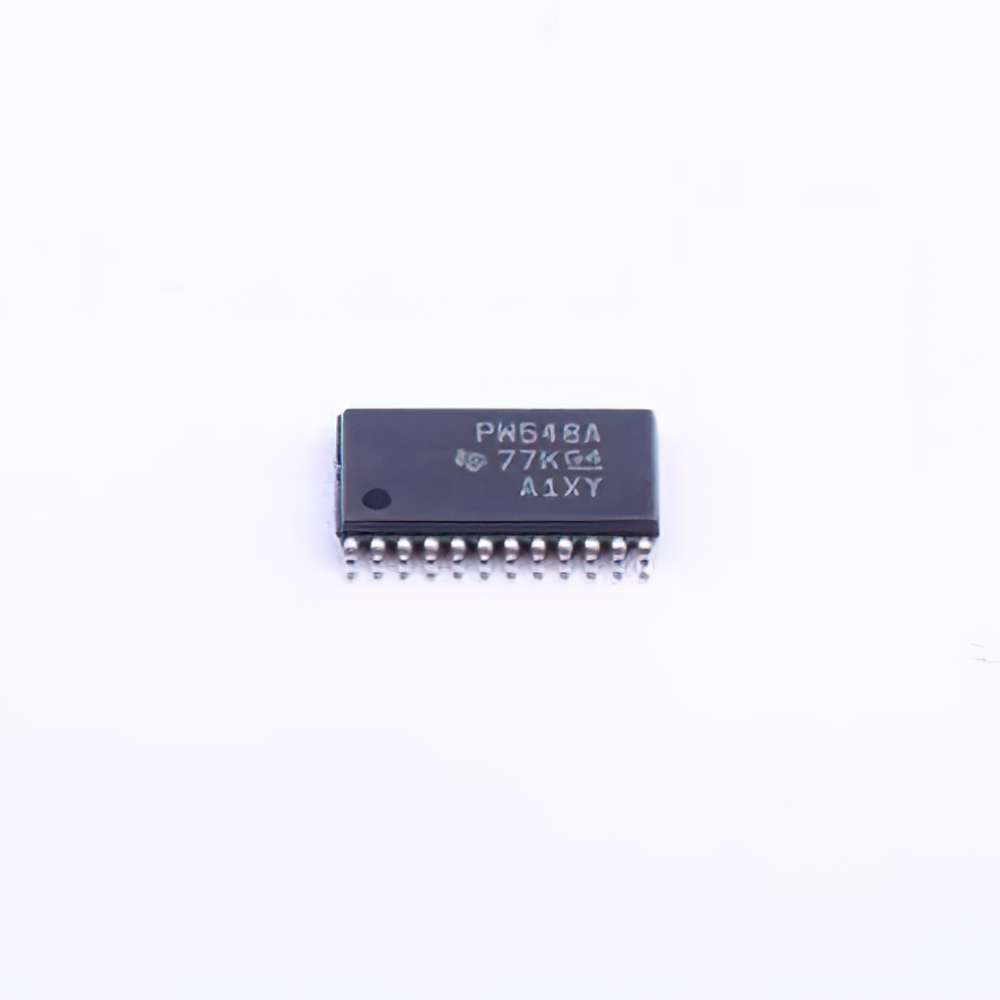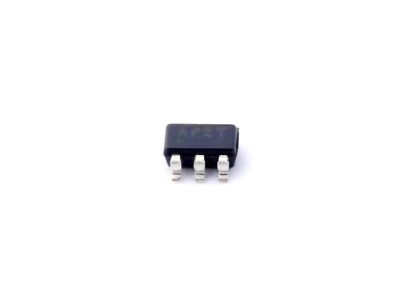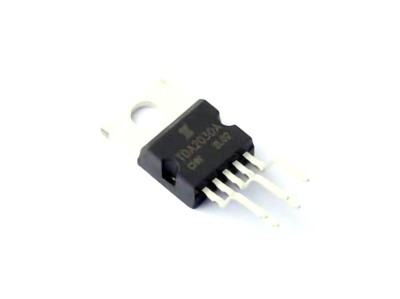
The TCA9548A I2C multiplexer is an essential component for expanding the connectivity of I2C systems. This article delves into the functional analysis, design considerations, and real-world applications of the TCA9548A, offering insights into how to optimize its use for efficient Communication across multiple I2C devices.
Introduction to I2C Multiplexing and the Role of TCA9548A
In today’s digital age, as the number of devices in an Embedded system continues to grow, managing communication between these devices becomes increasingly complex. One of the key challenges in managing multiple devices connected through I2C (Inter-Integrated Circuit) is addressing the limitations of the protocol, particularly the restriction that only one device can use the same I2C address. This is where I2C multiplexers like the TCA9548A come in, offering a solution to overcome this limitation and enabling seamless communication with a variety of I2C devices.
Understanding I2C and Its Challenges
I2C, developed by Philips (now NXP), is a widely used communication protocol in embedded systems. It allows multiple devices to communicate over just two wires: a serial data line (SDA) and a serial clock line (SCL). The simplicity of the I2C protocol has made it the go-to communication method for Sensor s, EEPROMs, and a range of other peripherals.
However, one limitation of I2C is that each device on the bus must have a unique address. In large systems, where dozens or even hundreds of devices are connected, managing these addresses can quickly become a challenge. Without a solution, devices with conflicting addresses cannot communicate on the same bus, leading to system inefficiencies or complete failure of communication.
Introducing the TCA9548A I2C Multiplexer
The TCA9548A is an 8-channel I2C multiplexer designed to solve this problem by allowing multiple I2C buses to be created, each with a set of devices that share a common address. By using this multiplexer, a system can handle many I2C devices with overlapping addresses, routing data between devices and preventing address conflicts. The TCA9548A, developed by Texas Instruments, allows you to manage up to eight separate I2C buses through a single host controller, greatly increasing the scalability of your system.
Key Features of the TCA9548A
8-Channel Multiplexer: The TCA9548A provides up to 8 independent I2C channels, each capable of connecting to a group of I2C devices that share the same address.
Address Conflict Resolution: By enabling multiple channels, the multiplexer resolves the issue of address conflicts, allowing devices with the same address to communicate on separate buses.
Bus Isolation: Each I2C bus is isolated from the others, preventing noise or interference from one channel affecting the communication on another.
Easy Control: The TCA9548A is controlled via simple I2C commands from the master device, making it easy to integrate into existing I2C systems.
Low Power Consumption: As with many I2C components, the TCA9548A is designed to consume minimal power, which is essential in power-sensitive applications.
In essence, the TCA9548A acts as a “traffic controller” for I2C communication, allowing the user to expand the number of devices that can be connected to a system while maintaining clean and efficient communication channels.
Functional Analysis and Design Considerations for TCA9548A Integration
To maximize the effectiveness of the TCA9548A I2C multiplexer in a system design, it’s essential to perform a detailed functional analysis and understand the best practices for integrating this device into an I2C network. This section discusses the various considerations when using the TCA9548A in a practical design scenario, including wiring, address selection, control signals, and troubleshooting.
Understanding the Functional Design of the TCA9548A
At its core, the TCA9548A operates by selecting one or more of its channels through a series of I2C commands. When the master device (e.g., a microcontroller or processor) sends a command to the multiplexer, it activates the selected channel(s), enabling communication between the master and the connected I2C device(s). The TCA9548A is highly configurable, allowing the user to select one or multiple channels for communication, depending on the needs of the application.
Address Pins: The TCA9548A supports a configurable address through three address pins (A0, A1, A2). This flexibility allows multiple TCA9548A devices to be used in the same system without address conflicts. By changing the state of these address pins, different TCA9548A chips can be assigned unique addresses.
Control Register: The TCA9548A uses an internal control register to manage which channels are active. This register is set via I2C commands sent by the host device. Each channel can be individually activated or deactivated, offering fine-grained control over the multiplexed buses.
Design Considerations for I2C Bus Wiring
When designing a system that incorporates the TCA9548A, proper wiring is crucial for ensuring reliable communication. Some important considerations include:
Bus Length and Capacitance: The total length of the I2C bus and the number of devices on the bus determine the capacitance of the bus. I2C signals degrade over long distances, so keeping the bus as short as possible is essential. If longer cables are needed, consider using buffers or bus extenders to preserve signal integrity.
Pull-Up Resistors : I2C lines require pull-up resistors to ensure proper signal levels on the SDA and SCL lines. The TCA9548A does not include onboard pull-ups, so these resistors must be added externally to each I2C bus. The resistor value typically ranges from 1kΩ to 10kΩ, depending on the system’s voltage and capacitance requirements.
Power Supply Considerations: Since the TCA9548A operates at a voltage of 2.3V to 5.5V, it’s essential to ensure that all components in the system share a common power supply or that level shifting is used when integrating devices operating at different voltages.
Control and Activation Logic
The TCA9548A can be controlled by sending commands through the I2C interface . The multiplexer’s control register is 8 bits long, and each bit corresponds to one of the 8 available channels. The logic is straightforward: writing a 1 to a specific bit activates the corresponding channel, while writing a 0 deactivates it.
A typical control sequence might involve:
Master sends an I2C command to the TCA9548A, activating one or more channels.
The multiplexer responds, allowing communication between the master and the selected devices on the activated bus.
Once communication is complete, the master deactivates the channel(s) to free up resources for the next communication cycle.
Applications and Use Cases
The TCA9548A is ideal for systems where multiple I2C devices need to be used, but address conflicts or limited bus capacity prevent direct connection. Some common applications include:
Sensor Networks: In industrial and IoT systems, where multiple sensors with the same I2C address need to be connected to a single controller. The TCA9548A allows easy communication with sensors in a scalable and efficient manner.
Embedded Systems: In more complex embedded systems that require many I2C peripherals (e.g., EEPROMs, displays, ADCs), the TCA9548A provides a simple solution for expanding the bus without overloading the controller.
Smart Home Devices: Smart home systems often use I2C-based sensors and actuators. The TCA9548A can simplify the connection of multiple devices like temperature sensors, smart bulbs, and humidity monitors, all while keeping the system efficient and cost-effective.
Troubleshooting and Optimization
When designing systems with the TCA9548A, developers may encounter some challenges. Here are a few tips for troubleshooting and optimization:
Signal Integrity: If data corruption occurs, check the quality of the SDA and SCL signals, especially on longer bus lines. Ensure proper pull-up resistors are used, and consider reducing the length of I2C wires if possible.
I2C Communication Errors: If the master cannot communicate with the TCA9548A or if it fails to select the right channel, ensure the correct address is used and verify that the control bits are properly set.
In conclusion, the TCA9548A I2C multiplexer is a powerful tool that significantly enhances the scalability and flexibility of I2C-based systems. By addressing the challenges of address conflicts and enabling the expansion of the I2C bus, the TCA9548A facilitates the seamless integration of multiple devices into a single system, providing robust solutions for a variety of embedded applications.
By fully understanding the functionality of the TCA9548A, design engineers can leverage this multiplexer to its maximum potential, ensuring efficient and reliable communication in even the most complex systems.
If you are looking for more information on commonly used Electronic Components Models or about Electronic Components Product Catalog datasheets, compile all purchasing and CAD information into one place.


